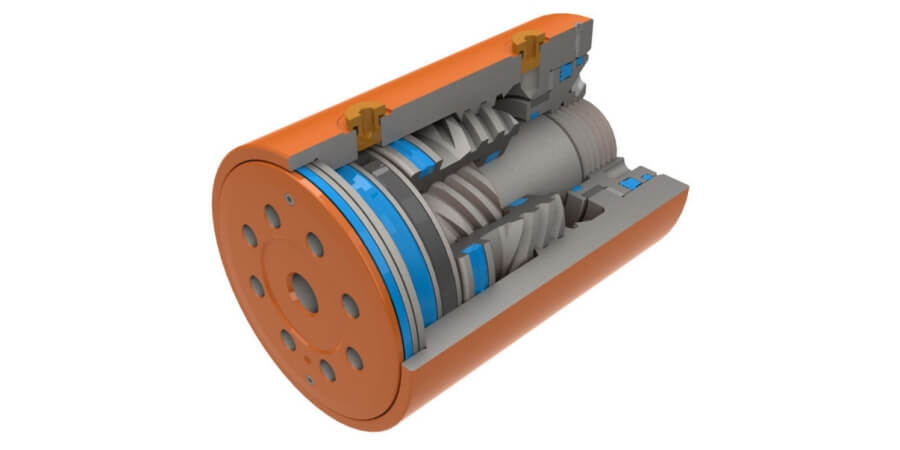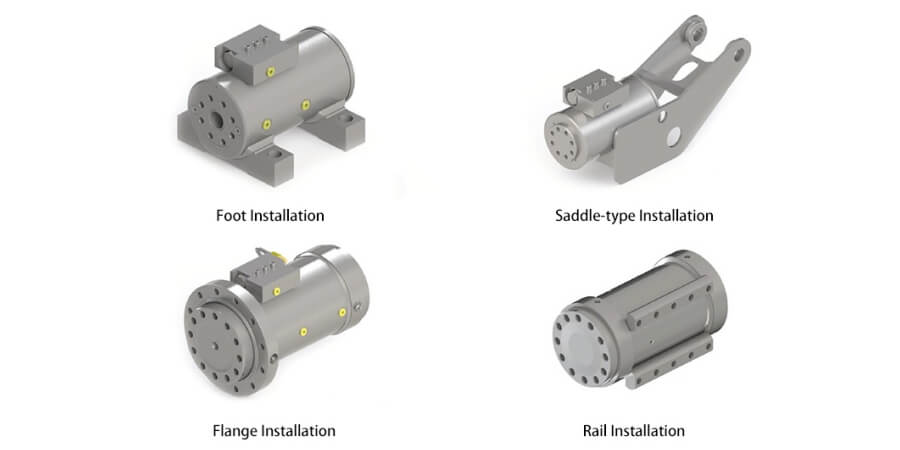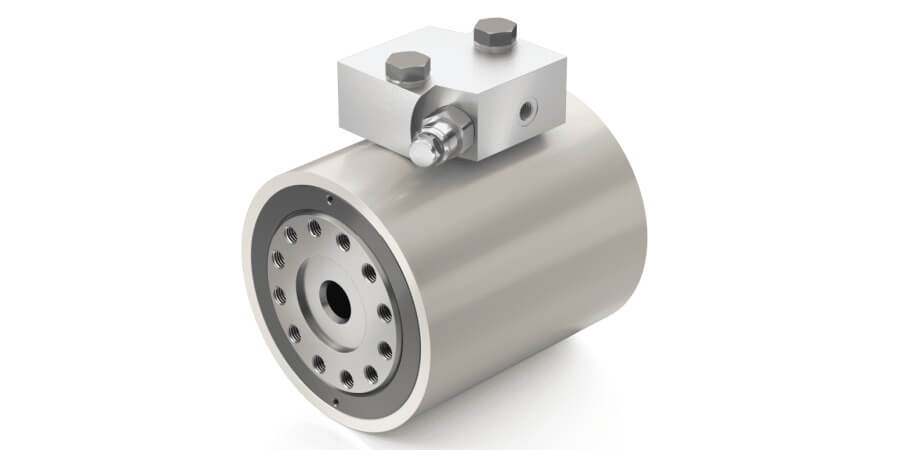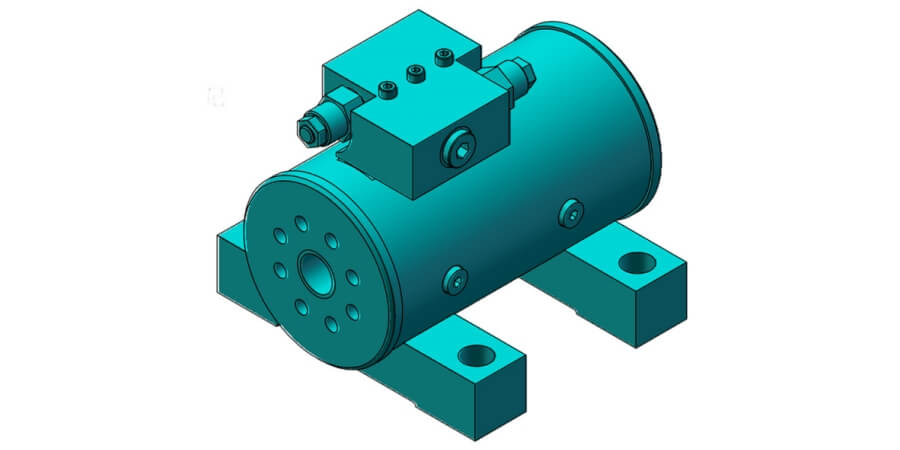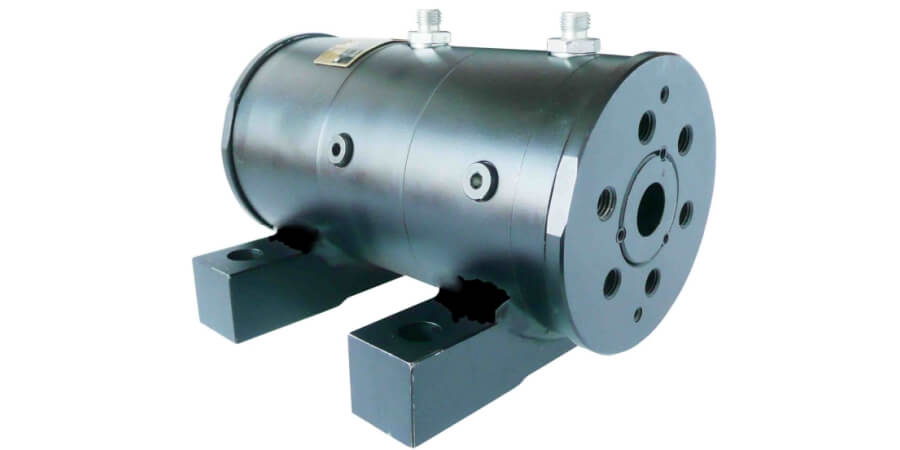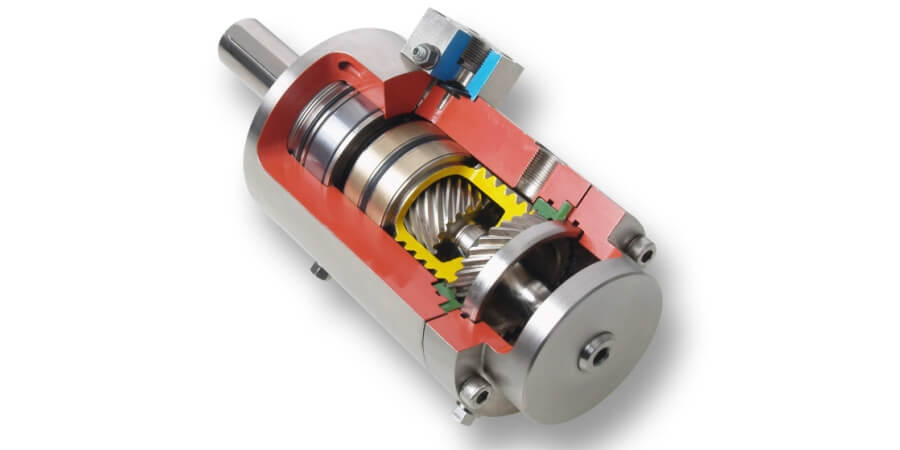Helical hydraulic rotary actuators are being widely used in construction machinery. Various faults that occur during their use have caused great trouble to our use. For this reason, we have opened a series of articles specifically for screw swing hydraulic rotary actuators. The issue of oil leakage is discussed. Among them, the oil leakage phenomenon of the helical hydraulic rotary actuator is the most common fault, which troubles the majority of users. For this reason, we will specifically analyze the causes and preventive measures of this phenomenon.
1.The location of oil leakage in helical hydraulic rotary actuators:
1.1 Oil leakage at the joint;
1.2 Oil leakage in the gap between the rotating shaft and the body;
1.3 Oil leakage in the end cover, shaft, and body.
2.Causes of oil leakage in helical hydraulic rotary actuator:
2.1 The joint is damaged, or the threaded hole connecting the joint is damaged;
2.2 The seal of the rotating shaft and the body is damaged;
2.3 The end cover, shaft, and body leak due to processing, material, etc.
3.Solutions for oil leakage in helical hydraulic rotary actuators:
3.1 Replace the joint or repair the threaded hole;
3.2 Replace the seal (the rotating shaft or body is severely worn and need to be repaired or replaced);
3.3 Replace the end cover, shaft, and body.
4.Prevention of oil leakage in helical hydraulic rotary actuators:
4.1 Do not use brute force to tighten the joints, and do not collide with the joints;
4.2 Ensure the cleanliness of the hydraulic oil and ensure that it does not overload operation;
4.3 Newly purchased oil cylinders must be strictly inspected for oil leakage.
5.Precautions for oil leakage in helical hydraulic rotary actuators:
In particular, it should be noted that newly purchased cylinders should be kept away from high-temperature factors, such as ovens, welding, etc. High temperatures (over 100°C) will cause the internal seals of the cylinder to melt, affecting its sealing performance. At the same time, it should be handled with care. Dropping or dropping may cause the body to deform and affect the sealing performance.

